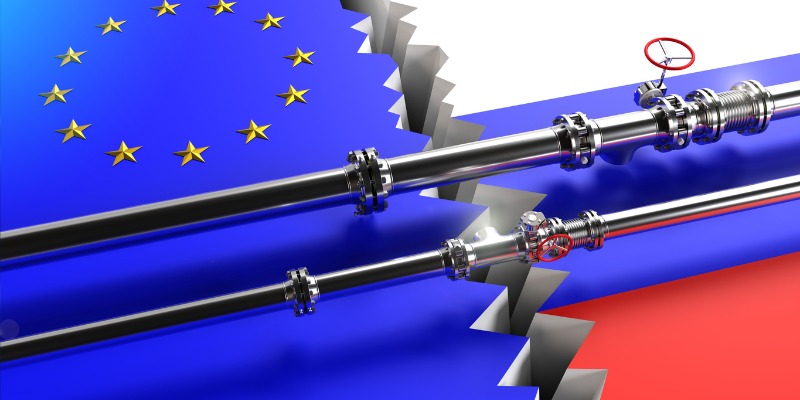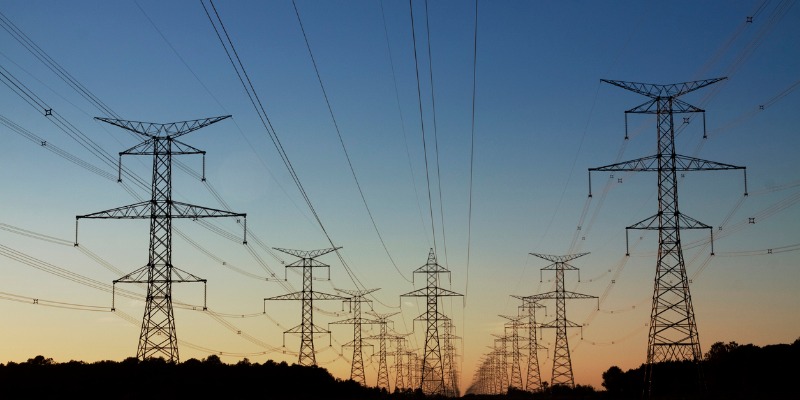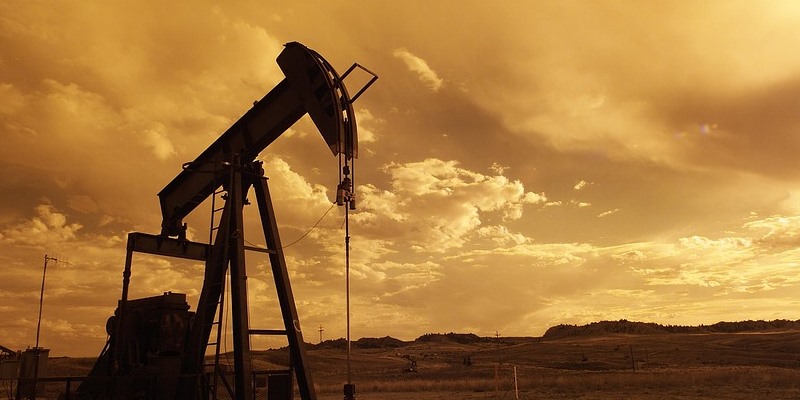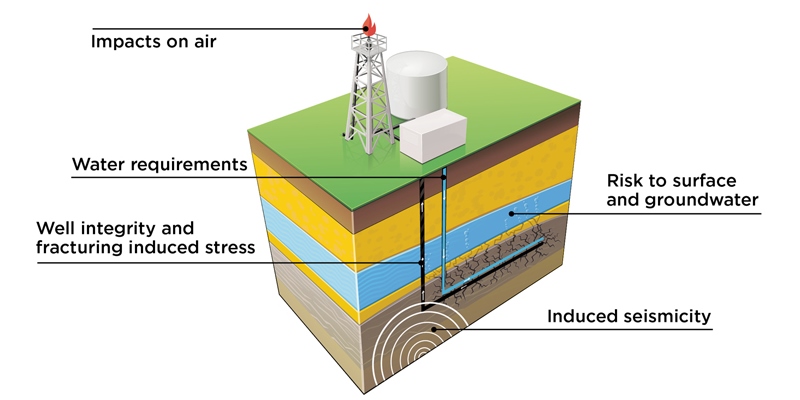Atlantic Canada has the potential to alleviate Europe’s natural gas shortfall while generating investment and jobs here at home.
natural gas
Power systems that add a lot of wind energy must also add more natural gas capacity as a reserve supply.
World oil consumption may expand to 100 million barrels per day in the next three months.
If wind and solar power are “cheaper” than conventional generation, then there would be no need for subsidies.
In 2014, Vancouver residents and businesses used about 21 million gigajoules of natural gas-derived energy.
Ontario is about to up the ante when it comes to climate change and energy policy by embarking on a $7-billion dollar plan to completely transform how people use energy.
Ontario embarked on its Green Energy Act, which subsidizes renewable electricity, and power costs have risen by an estimated 30 per cent.
There’s never a dull moment in the debate over the safety of hydraulic fracturing.
The Energy East pipeline project should be the biggest “no-brainer” pipeline of all those proposed across Canada.





